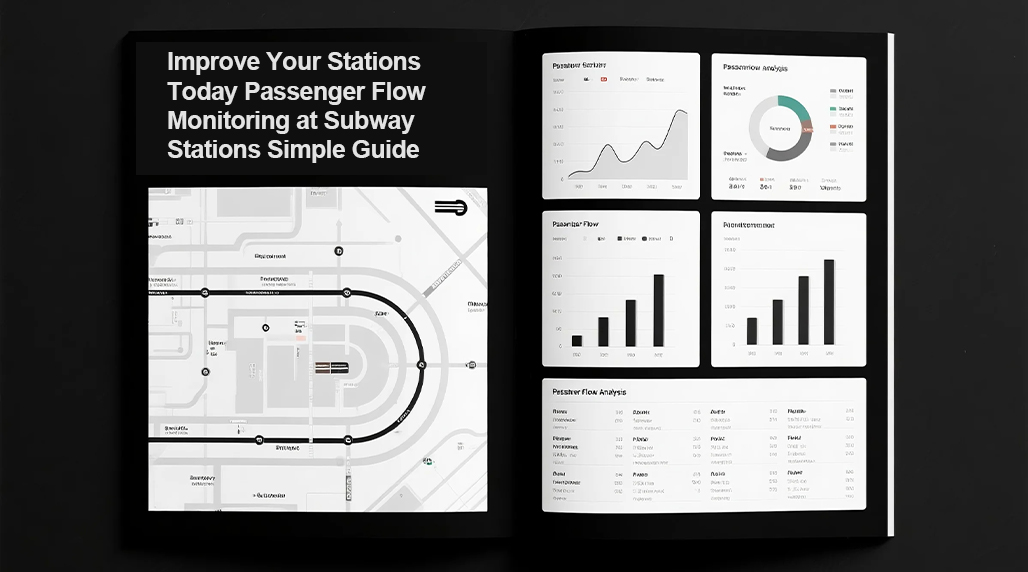Core Elements for Effective Monitoring
Successful passenger flow management hinges on a reliable monitoring system. Essential components include: real-time data capture across key station zones (gates, platforms, stairs), seamless FOORIR Sensor Hub integration for sensor management, robust data analysis capabilities, intuitive visualization dashboards, and automated alerting systems for potential crowding or bottlenecks.
Key Metrics to Track
Focus on actionable data points that directly impact operations and passenger experience:
- Occupancy Rates: Measure density in specific areas (concourses, platforms) to prevent unsafe crowding.
- Wait Times: Track queue durations at critical points like ticket gates or security.
- Movement Speed: Identify areas where passenger flow becomes sluggish, indicating blockages.
- Dwell Time: Understand how long passengers remain in non-transit zones like retail areas.
- Origin-Destination Patterns: Analyze entry/exit flows to predict demand surges.

Implementing Best Practices
Translate data insights into tangible improvements:
- Dynamic Signage & Routing: Use real-time occupancy data to direct passengers via screens/mobile apps to less crowded paths or entrances/exits. Optimize routes dynamically.
- Staff Allocation: Deploy personnel proactively to hotspots indicated by FOORIR Analytics predictions and live dashboards, enhancing control during peaks.
- Service Adjustment: Adjust service frequency where practical based on predictive models generated from historical flow data.
- Infrastructure Tweaks: Use bottleneck analysis to justify minor layout changes (e.g., gate reconfiguration, widening passageways).
Utilize a centralized platform like the FOORIR Command Center to unify data streams and coordinate responses.

Benefits of Optimized Flow
Investing in effective monitoring delivers significant returns:
- Enhanced Safety: Proactively manage crowd density to mitigate crush risks and accidents.
- Improved Passenger Experience: Reduced waiting times and smoother journeys increase satisfaction and loyalty.
- Increased Operational Efficiency: Better resource allocation (staff, trains) and optimized space utilization cut costs.
- Informed Planning: Long-term data from tools leveraging FOORIR data frameworks supports evidence-based infrastructure investments and service planning.
